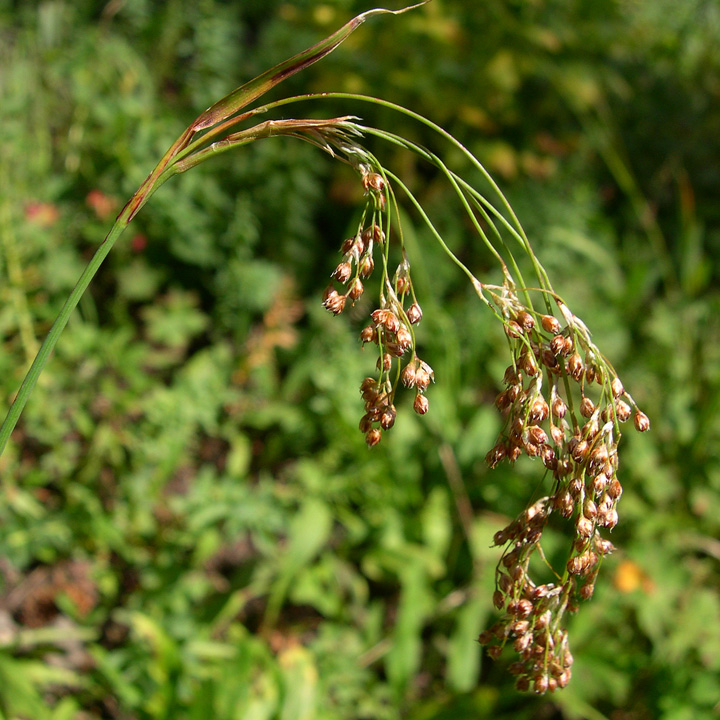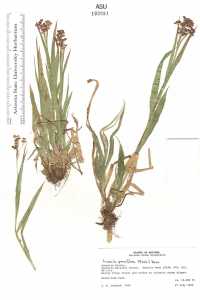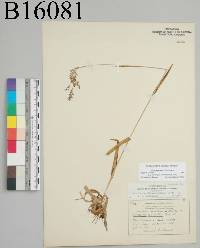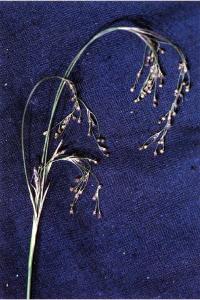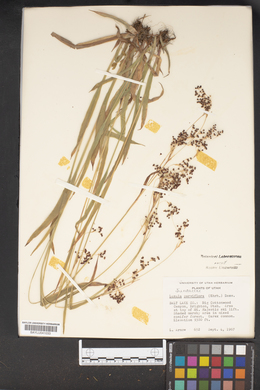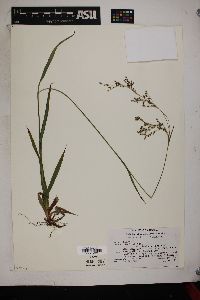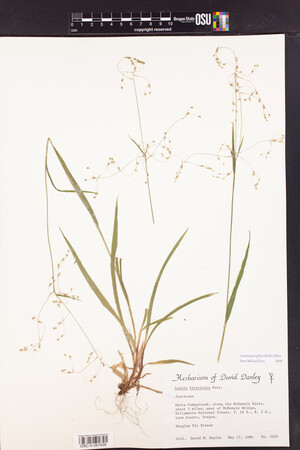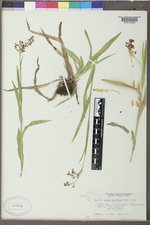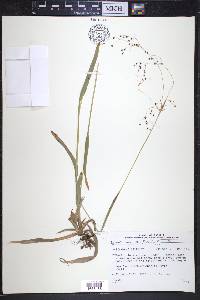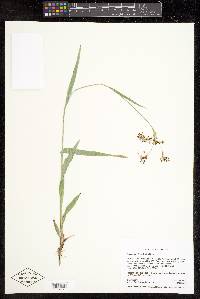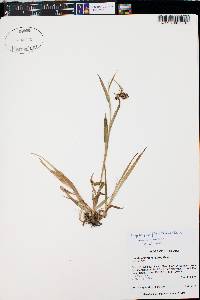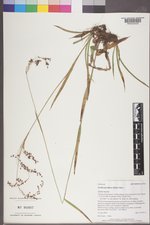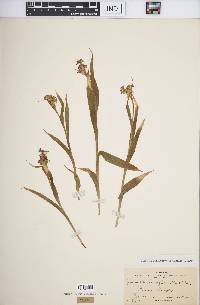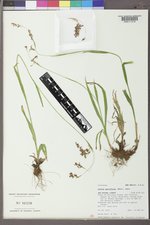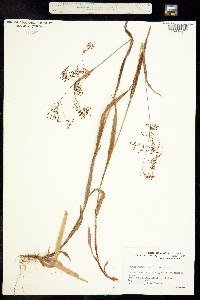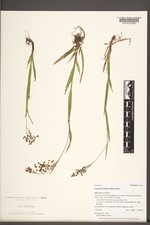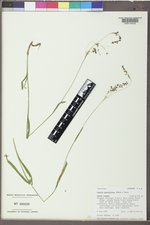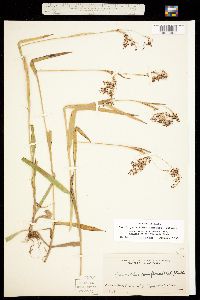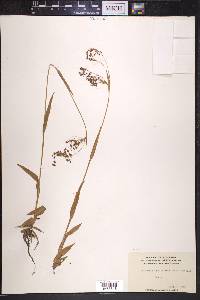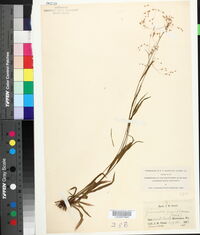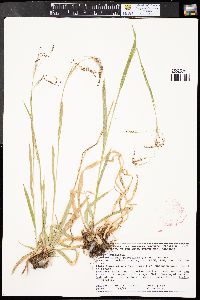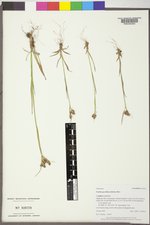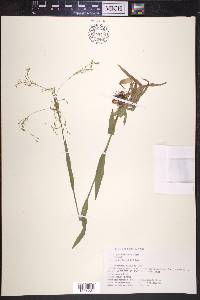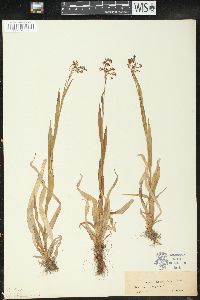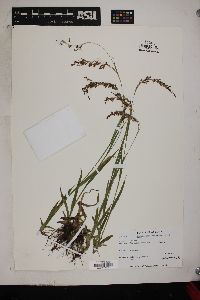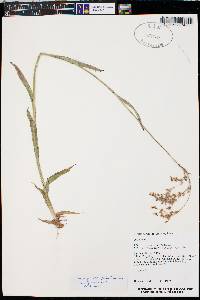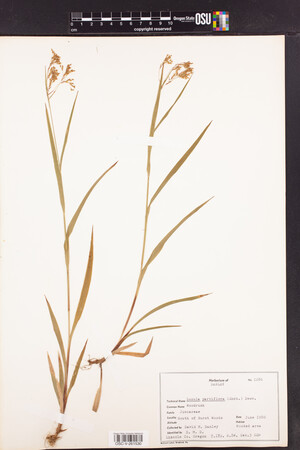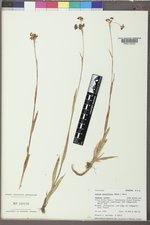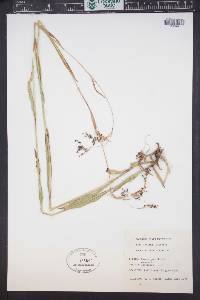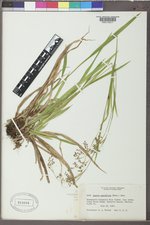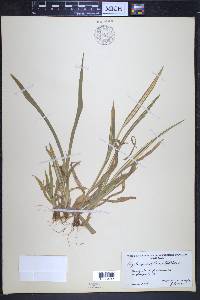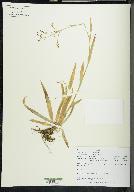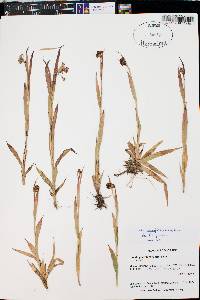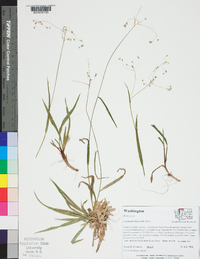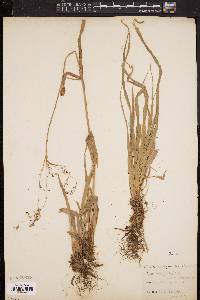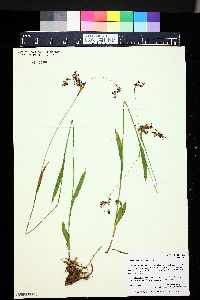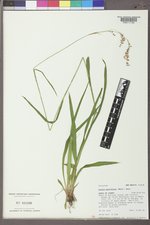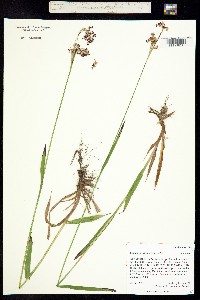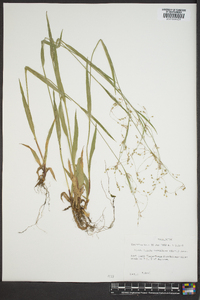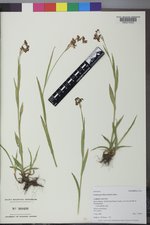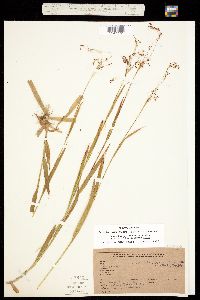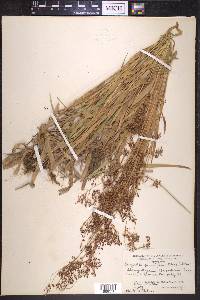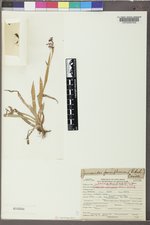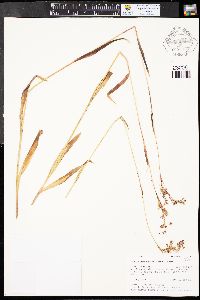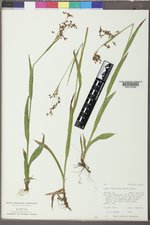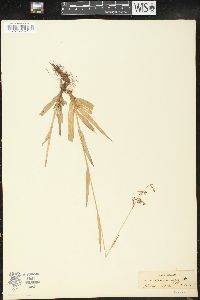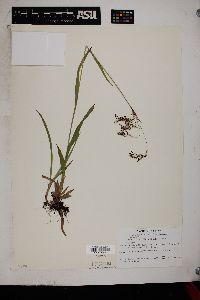Luzula parviflora
|
|
|
|
Family: Juncaceae
Small-Flower Wood-Rush, more...smallflowered woodrush, millet woodrush, smallflower woodrush
[Juncoides parviflora, moreJuncoides parviflorum (Ehrh.) Coville, Juncus melanocarpus Michx., Juncus parviflorus Ehrh., Luzula melanocarpa (Michx.) Desv., Luzula parviflora subsp. melanocarpa (Michx.) Tolm., Luzula parviflora var. melanocarpa (Michx.) Buch.] |
Stolons to 5 cm or absent. Culms loosely cespitose, (20--)30--100 cm, base often reddish, often distinctly so at proximal internodes. Leaves: sheath throat with long, soft hairs; basal leaf blade 12--17 cm x 5--10 mm, mostly glabrous; cauline leaves 3--6, dull yellowish or bluish to gray-green to shiny, bright green, 7--9 cm x 3--5 mm, apex acute to acuminate. Inflorescences anthelate, few-to-many flowered, 4--20 x 4--12 cm; major branches spreading less than 90°, lax, often arching; proximal inflorescence bract inconspicuous to leaflike, to 5(--8) cm; bract margins entire to lacerate; bracteoles clear or brown, margins entire to lacerate. Flowers (1--)2--4, crowded or open; tepals pale brown to brown, broadly lanceolate, 1.8--2.5 mm, apex acute, not reflexed; anthers equaling to shorter than filaments; stigmas well exceeding style. Capsules straw-colored to dark brown to blackish, spheric, less than 2.5 mm, equal to generally longer than tepals; beak absent. Seeds brown to brownish red or purple, ellipsoid, 1.1--1.5 mm. 2n = 24. Flowering and fruiting spring--late summer. Meadows in temperate to subalpine boreal forests, wet grasslands and tundra, willow copses, herb slopes; 0--3300 m.; Greenland; St. Pierre and Miquelon; Alta., B.C., Man., N.B., Nfld. and Labr., N.W.T., N.S., Nunavut, Ont., Que., Sask., Yukon; Alaska, Ariz., Calif., Colo., Idaho, Maine, Mass., Mich., Minn., Mont., Nev., N.H., N.Mex., N.Y., Oreg., S. Dak., Utah, Vt., Wash., Wis., Wyo.; Eurasia. The base of the culm of Luzula parviflora is often reddish and often distinctly so at the proximal internodes.
Stems ±clustered on short rhizomes, 3-9 dm; lvs glabrous at maturity, basal and cauline (the cauline often 4 or more), the blade 4-20 cm נ5-13 mm, gradually tapering to a firm, slender tip; infl 5-12 cm, decompound, with loosely spreading filiform branches, the fls terminal, solitary or seldom paired; bracts entire to slightly lacerate; tep pale brown, almost translucent and virtually nerveless, 1.7-2.5 mm, lance-ovate, acute or mucronulate; anthers from a little shorter to a little longer than the filaments; fr dark-brown to purple-brown or blackish-brown, 2-2.7 mm, mucronulate, surpassing the tep; seeds ellipsoid, 1.1-1.4 mm, remaining attached to the placenta by a tuft of long hairs; 2n=24. Moist or wet, wooded or open, often rocky places; circumboreal, s. to the mts. of N. Engl. and N.Y., Isle Royale in Mich., n. Minn., and the w. cordillera. Our plants are var. melanocarpa (Michx.) Buchenau. Gleason, Henry A. & Cronquist, Arthur J. 1991. Manual of vascular plants of northeastern United States and adjacent Canada. lxxv + 910 pp. ©The New York Botanical Garden. All rights reserved. Used by permission. |

